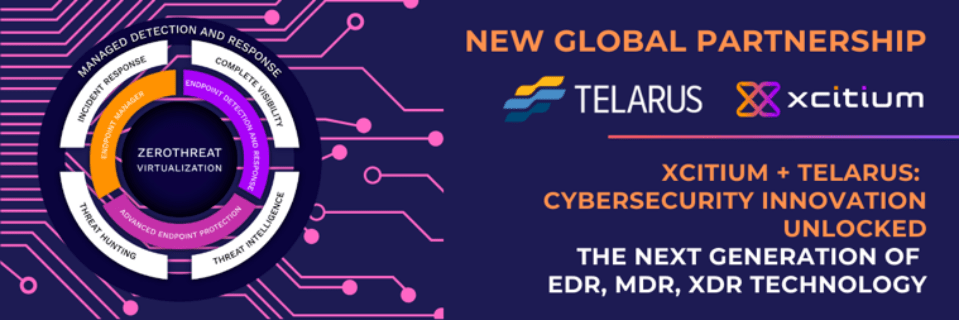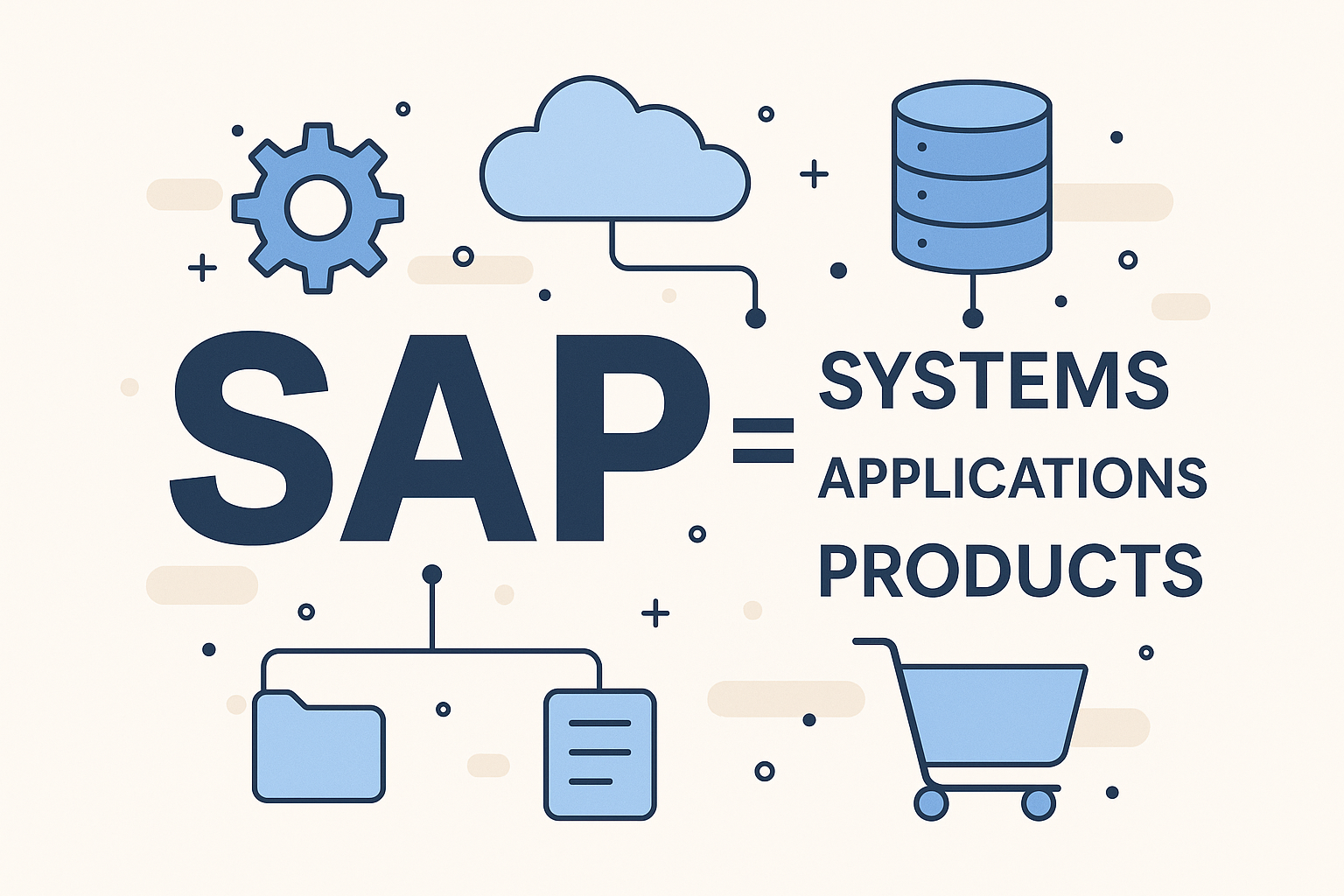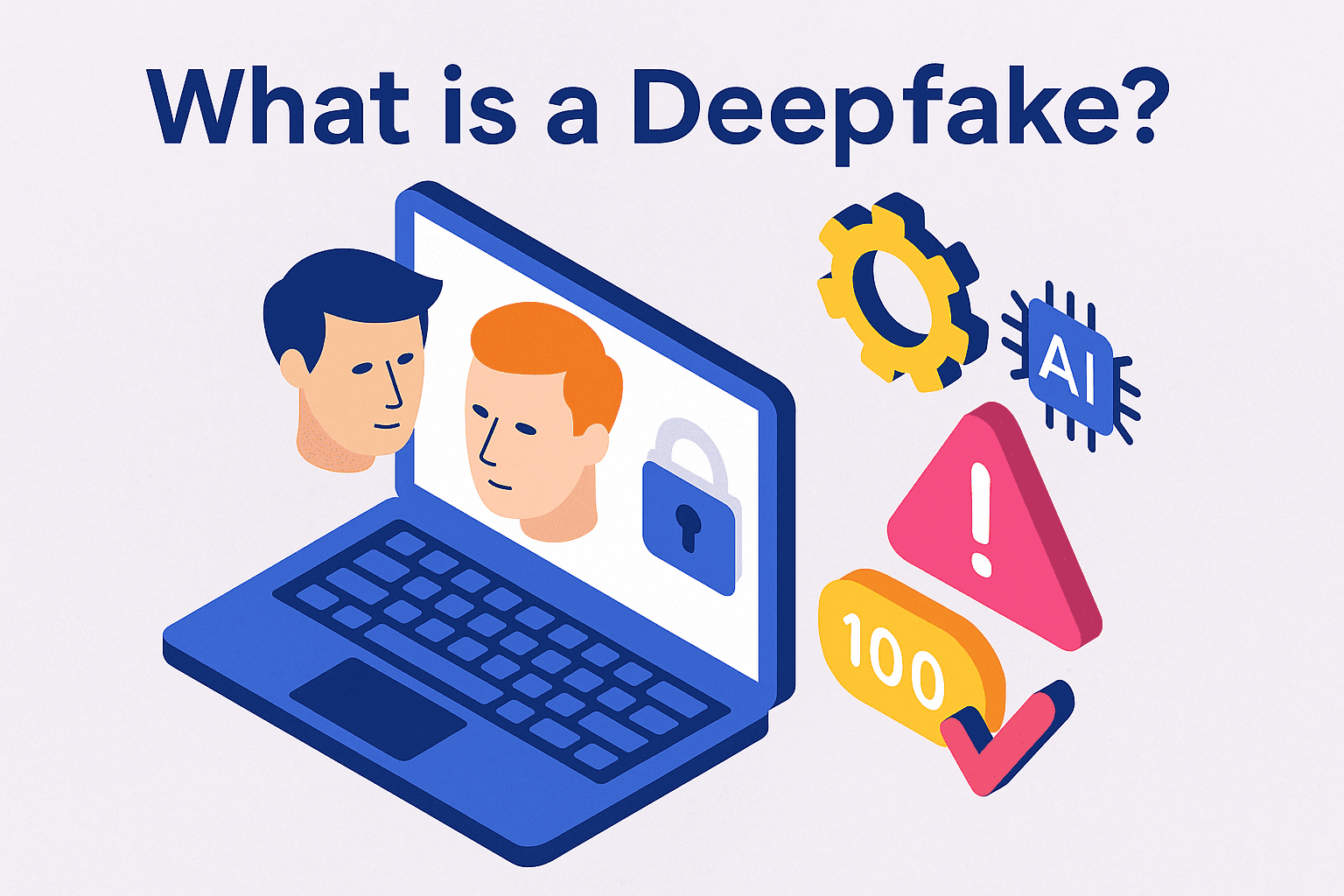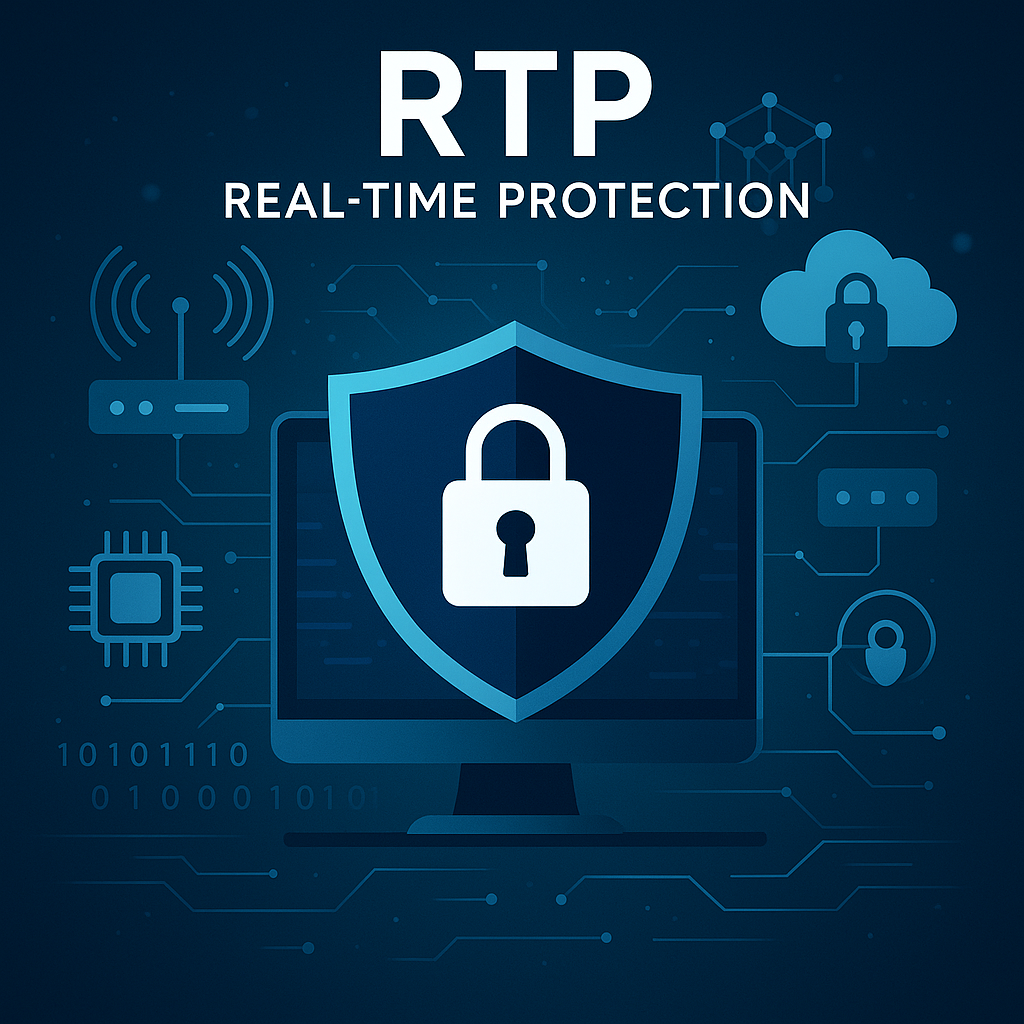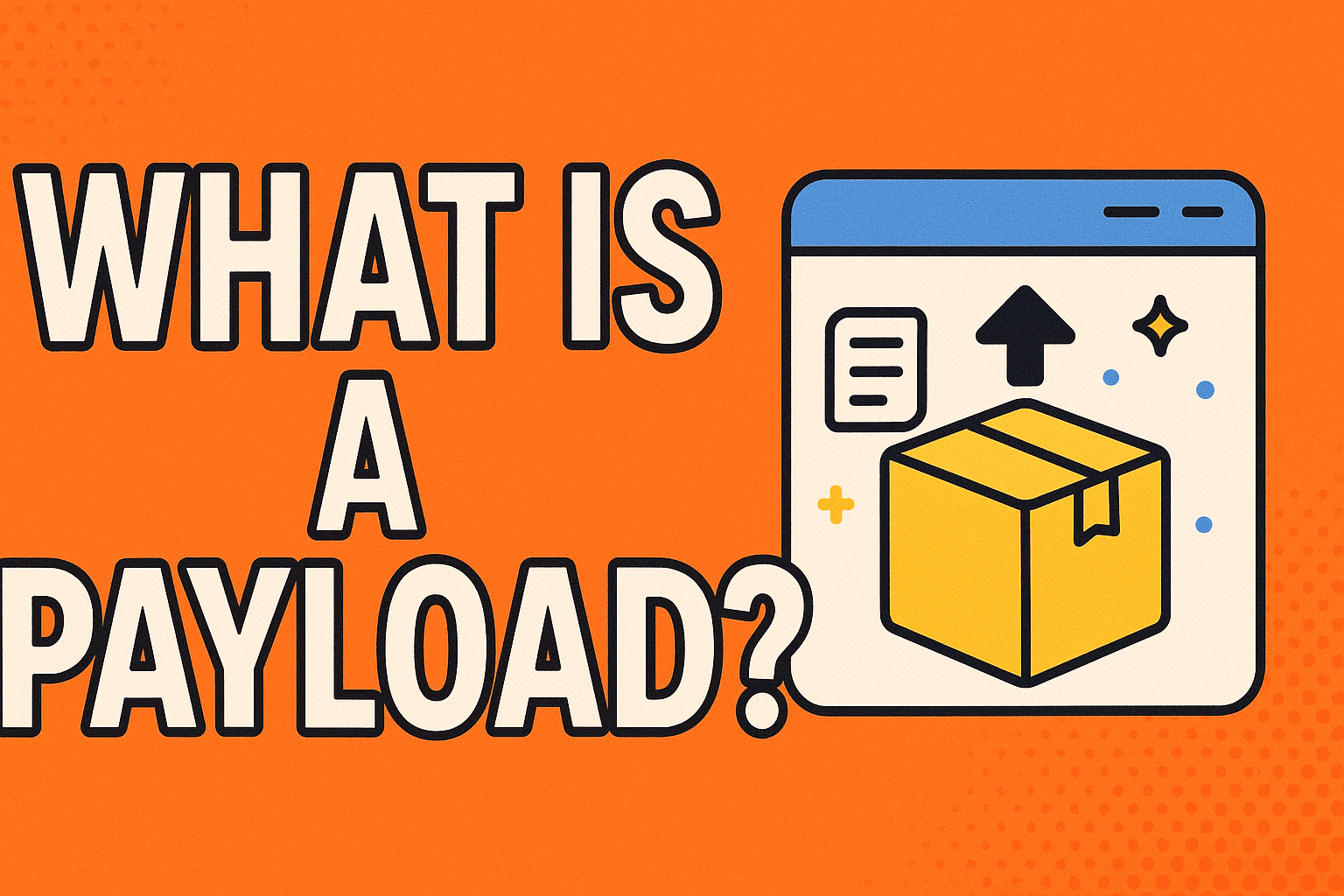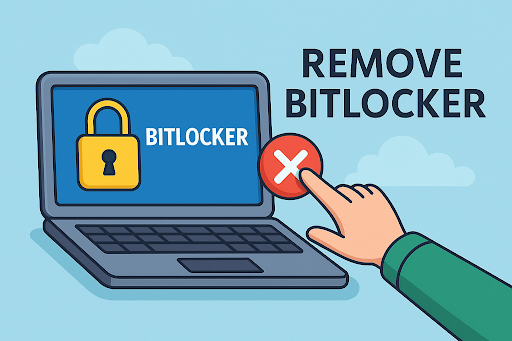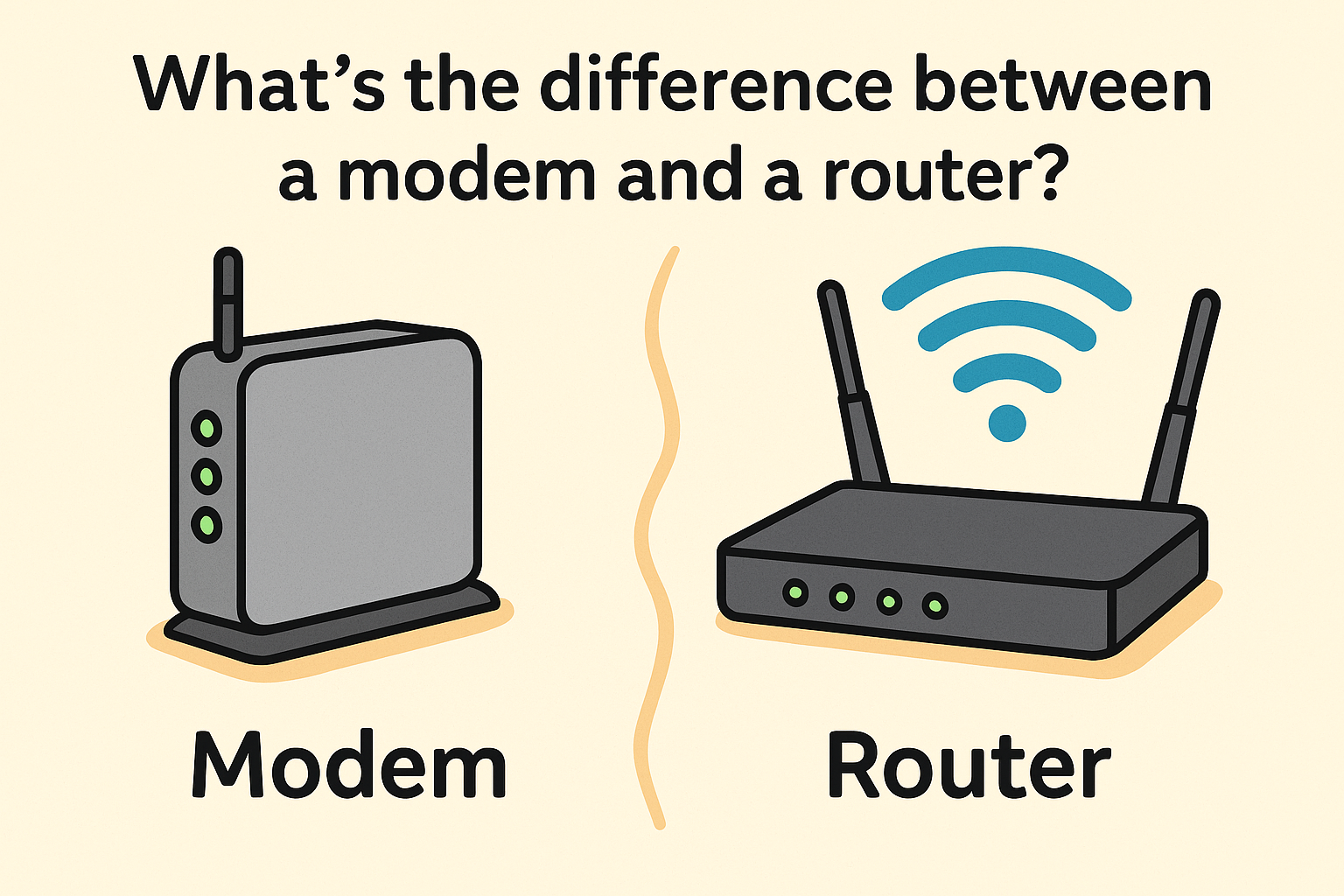What Is CDT? Understanding Cyber Defense Technology in Today’s Digital World
Updated on July 29, 2025, by Xcitium
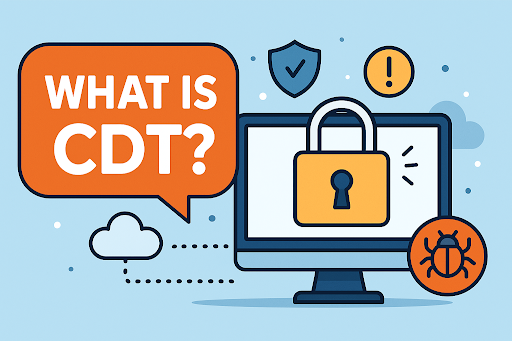
In a digital world filled with increasing threats, simply having antivirus software isn’t enough. Cybersecurity has grown more sophisticated, and so have the threats that target businesses. That’s where CDT—Cyber Defense Technology—comes into play. But what is CDT, and why should every IT manager, CEO, or cybersecurity professional care?
In this article, we’ll break down what CDT is, how it works, why it’s vital to your security infrastructure, and how industries are using it to stay ahead of cybercriminals.
What Is CDT?
CDT, or Cyber Defense Technology, refers to the integrated technologies, processes, and tools designed to protect digital assets from cyber threats. It includes a wide range of defensive mechanisms such as firewalls, endpoint protection, threat intelligence, anomaly detection, and real-time response systems.
It’s not just about blocking malware; CDT is a strategic, multi-layered approach to proactively identifying, analyzing, and responding to cyber threats before they cause damage.
Why CDT Matters in the Modern Cybersecurity Landscape
1. Rising Cyber Threats Demand Stronger Defenses
With the rise in ransomware, phishing attacks, and advanced persistent threats (APTs), organizations can no longer rely on traditional tools alone. CDT offers a comprehensive defense mechanism that evolves with new attack vectors.
2. Proactive vs. Reactive Cybersecurity
Traditional cybersecurity is reactive—responding after an attack happens. CDT takes a proactive stance, identifying vulnerabilities and stopping attacks in real time. This shift from detection to prevention is essential in today’s high-stakes environment.
3. Alignment with Regulatory Compliance
Industries such as healthcare, finance, and e-commerce must comply with regulations like HIPAA, GDPR, and PCI-DSS. CDT helps enforce these policies through consistent monitoring and reporting, ensuring that businesses remain compliant.
Core Components of CDT (Cyber Defense Technology)
🔒 1. Endpoint Detection and Response (EDR)
Tracks activity on endpoints (laptops, mobile devices, etc.) and responds to suspicious behavior with immediate containment.
🌐 2. Network Security Monitoring
CDT platforms often include tools that monitor internal and external traffic for signs of malicious intent.
🧠 3. Threat Intelligence
Leverages global threat data to identify and anticipate attacks. Real-time feeds help update defense protocols dynamically.
📊 4. Security Information and Event Management (SIEM)
Gathers logs and alerts from across your environment and uses AI to identify potential threats.
🧬 5. Anomaly Detection Systems
Identifies deviations from baseline behaviors—flagging unusual user or system activity.
How Industries Are Using CDT
🚑 Healthcare
With a surge in ransomware targeting hospitals, CDT helps protect patient data through real-time monitoring and intrusion prevention.
💳 Finance
Banks and fintech companies use CDT to guard against fraud, phishing, and identity theft using layered authentication and anomaly tracking.
🛒 E-commerce
Online retailers apply CDT to protect customer information, maintain compliance, and prevent payment gateway attacks.
🏭 Manufacturing
Industrial systems leverage CDT to secure OT (Operational Technology) networks and ensure continuity against sabotage or espionage.
Benefits of Implementing CDT
- ✅ Early Threat Detection
- ✅ Reduced Downtime
- ✅ Enhanced Data Protection
- ✅ Scalable Across Environments
- ✅ Improved Compliance & Reporting
Key Features to Look For in CDT Solutions
When evaluating CDT tools or vendors, consider the following:
- Cloud-native architecture
- Real-time analytics
- Integrated threat intelligence
- Automated incident response
- Multi-layered protection
- User behavior analytics
Common CDT Challenges and How to Overcome Them
| Challenge | Solution |
| Complex Implementation | Choose modular, scalable CDT platforms with intuitive dashboards |
| False Positives | Use AI-enhanced tools with behavior-based detection |
| Resource Constraints | Opt for managed services or cloud-based CDT solutions |
| Integration with Legacy Systems | Work with vendors that offer flexible APIs and cross-platform support |
Tips for Effective CDT Implementation
- Conduct a Risk Assessment
Understand your organization’s vulnerabilities before deploying CDT tools. - Start with Core Assets
Protect high-value data and infrastructure first. - Train Your Team
Human error is a major cause of breaches. Combine tech with security awareness training. - Choose Scalable Tools
As your business grows, so should your defense strategy. - Continuously Monitor and Adapt
Cyber threats are ever-evolving. Regular updates and assessments are key.
Real-World Example: CDT in Action
A financial services firm implemented a comprehensive CDT solution integrating EDR, SIEM, and threat intelligence. Within weeks, they identified an insider threat attempting unauthorized data access. The system flagged the anomaly, isolated the activity, and prevented a potential breach—saving the firm from financial and reputational damage.
Want to see how CDT can protect your organization?
👉 Request a free demo from Xcitium today
Frequently Asked Questions (FAQs)
1. What does CDT stand for in cybersecurity?
CDT stands for Cyber Defense Technology, a framework of tools and processes designed to detect, prevent, and respond to cyber threats.
2. How is CDT different from traditional antivirus software?
Traditional antivirus software focuses on known threats. CDT is broader and includes real-time threat intelligence, behavioral analysis, and proactive defense mechanisms.
3. Is CDT suitable for small businesses?
Yes, many CDT solutions offer scalable options suitable for SMBs and can be customized based on organizational size and threat level.
4. What industries benefit the most from CDT?
Industries handling sensitive data—healthcare, finance, education, and e-commerce—benefit significantly from CDT solutions.
5. Can CDT prevent all cyberattacks?
While no system is foolproof, CDT dramatically reduces risk by identifying and stopping most attacks before they escalate.
Conclusion
CDT is not just a buzzword—it’s the future of cybersecurity. Whether you’re a CEO aiming to protect business integrity or an IT manager tasked with securing your infrastructure, understanding and implementing Cyber Defense Technology is essential.
Don’t wait for a breach to realize its importance. Make CDT part of your cybersecurity strategy today.




